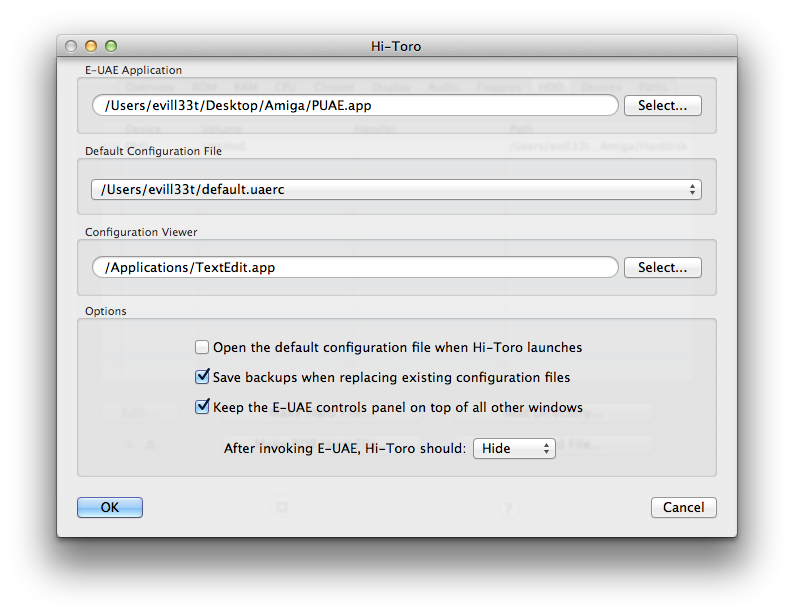Amiga Workbench 31 Adf Download
BetterWB release 4.3 - BetterWB is a new workbench pack, much like AIAB, Amikit, AmigaSYS, ClassicWB, etc. Apni hindi font chart download. But applying a totally different aproach. It aims to be much like an enhancement, an updated extension to AmigaOS 3.1, without all those hardware requirement penalties typically associated with these kind of packs. It is indeed a better 3.1 than 3.1 itself!
A: All versions of Amiga Forever 6.0 and higher include a 3.1 Workbench disk image (ADF file). Version 3.1 is the last system version which was supplied in a format capable of running from a floppy disk.

BetterWB best targets: -Purists that believe anything beyond 3.1 is an overbloated piece of crap -Low end Amiga computers that are left in storage deprived from any usage, and only regarded as antiques -Users that refuse to pay big bucks in order to be able to somehow upgrade their Amiga workbench experience -Minimig users, that are restricted to a 68000 processor -Anyone that wishes a clean AmigaOS 3.1 like experience Advantages: -Works on any Amiga. -It occupies less than 10MB on a harddrive -It is distributed as a set of floppy images -Its usage is simple and bares a high resemblance to an ordinary 3.1 install Drawbacks: -Limited eye candy (but it does not compromise performance) -Will appear incomplete, for high end or heavily expanded Amiga systems (They are probably better with other workbench packs), that rely on visual appealing components.
Requirements: Any Amiga computer Kickstart rom 3.1 (May also work under 3.0) AmigaOS 3.1 disk set (May also work under 3.0) About 10MB of storage space on a harddrive Updates from previous versions of BetterWB: Here you can find zip files and with them you can either choose the adf or dms floppy image and use the supplied installer. BetterWB 4.0 to 4.3 BetterWB 3.9 to 4.0 BetterWB 3.8 to 3.9 BetterWB 3.6 to 3.8 BetterWB 3.5 to 3.6 BetterWB 3.4 to 3.5 BetterWB 3.3 to 3.4 BetterWB 3.2 to 3.3 Full Install: First install AmigaOS 3.1 like you usually do. Then insert disk #1 of BetterWB, labeled as 'Misc3.1', and install from over there. BetterWB requires only six floppy disks (labeled 'Misc3.1', 'Tools3.1', 'Bonus3.1', “Docs31”, 'Icons3.1' and 'Drivers3.1') to be installed. All disk images can be downloaded from. After that download apply the.
Lucky Luke Western Fever PC Game, download free Lucky Luke Western Fever full version mediafire links download, Download Free Full Version PC Games. Lucky Luke: Western Fever is an Action game, developed by Kalisto, which was released in Europe in 2001. Lucky luke western fever full pc game. Lucky luke western fever Game download free, full version crack Lucky luke western fever Game Rapidshare, Mediafire Lucky luke western fever Game full free, crack Lucky luke western fever Game keygen.
Amiga Kickstart ROMs - History, Information and Downloads History of the Amiga 'Kickstart' ROM The computer, released by in 1985, required a bootable floppy disk named 'Kickstart', which was used to load basic operating system functionality before continuing the boot process from additional disks. This initial boot code would normally have been stored on a ROM chip, allowing for a simpler user experience and less expensive components, but the development team needed more time to finish the software while the hardware had already gone into production. After the Amiga 1000 (A1000), e.g. On models such as the Amiga 500 (A500) and Amiga 2000 (A2000), this functionality was indeed moved to ROM. Even as new ROM versions were released (from v.
3.x), the 'Kickstart' name remained popular to refer to what would be more accurately referred to as the 'Amiga ROM', or the ROM-resident part of the operating system. As PCs became more popular, the name 'Amiga BIOS' could also be found, although the name 'BIOS' was never used by Commodore/Amiga systems. Amiga Kickstart ROM Files and Amiga Emulators On many emulation systems, 'ROM' is the word used to refer to games. Not so on the Amiga, where a 'ROM' is the original 'Kickstart' operating system code as released by Commodore-Amiga in the 1980s and early 1990s. Amiga games are commonly referred to as or (if you are looking for a specific Amiga game, try and for the game title followed by ' or 'ADF'). Broadly speaking, there are two categories of: those that aim to emulate the Amiga API (operating system functions), such as the project, and those that aim to emulate the hardware at the lowest possible level, such as the and projects.